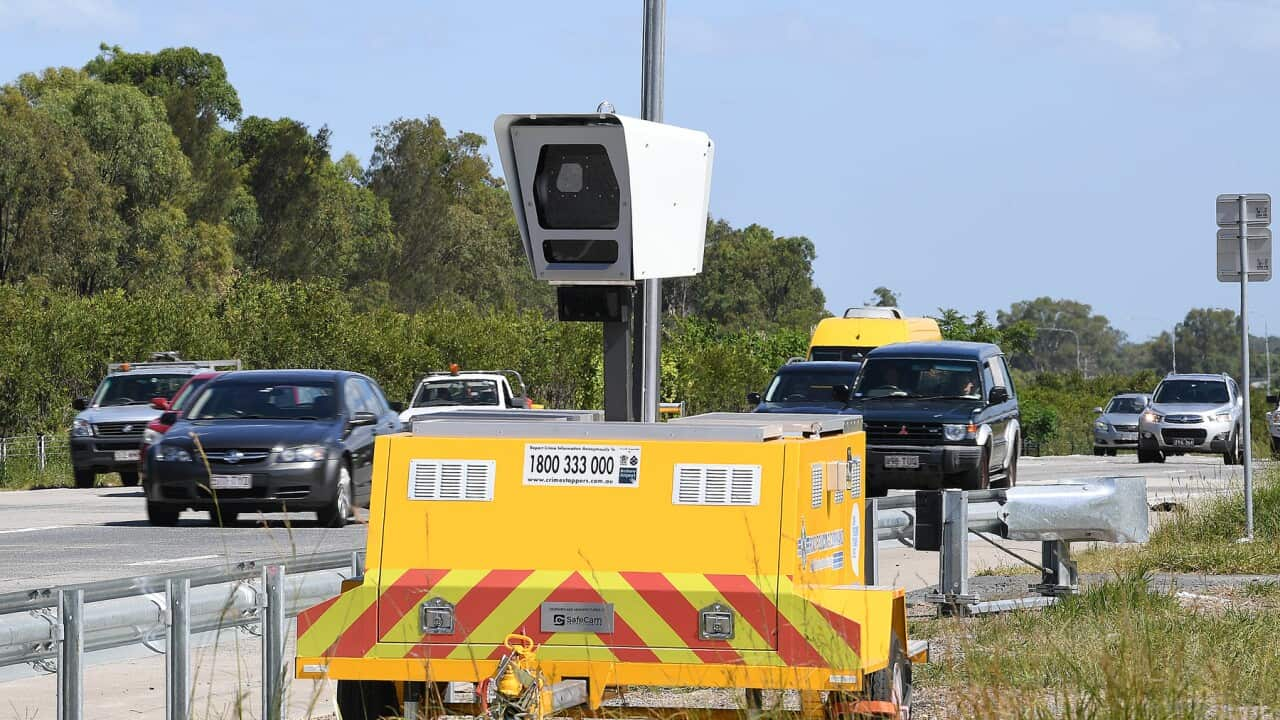This summer is set to be the busiest since pre-COVID, so Ms McLaughlin and road safety experts are calling for Australian holidaymakers to slow down, be vigilant, and pay extra attention at busy driver-pedestrian intersections.
"After three years of natural disasters and COVID impacted summer holidays, I think it's really set to be a bumper school holiday season, because millions of families will be hitting the road in droves for the Christmas break because we don't have restrictions or lock downs. And also, the International travels still a little bit problematic. So people are tending to stay home and doing domestic travel."
Emeritus Professor Ann Williamson, of the University of New South Wales' Transport and Road Safety Research Centre, says parents and caregivers must remind their children about the importance of being attentive near roads.
"Children, especially younger children, find it hard to judge the direction of sounds, and the speed and distance of oncoming vehicles. They don't really have a clear concept of risk. Child pedestrians can move impulsively and unpredictably, and their smaller size makes them harder for drivers to see. During the holiday season, excitement and tiredness can contribute to this, and we can see children behave in more unpredictable ways and pay less attention to surroundings."
The number of fatal crashes involving children aged between 0 to 14 has not changed significantly over the last decade.
Land transport crashes remain the leading cause of death for Australian children of this age bracket, with 43 kids losing their lives in road collisions last year alone.
Professor Williamson is urging drivers to be on high alert.
"Now we know that slower speeds significantly reduce the number of fatal crashes, especially for pedestrians, and this is particularly so for children. For example, in high pedestrian areas, the research recommends that drivers go no faster than 30 kilometres per hour because at this speed the risk of a fatal collision is ten per cent, and from here crash risk rapidly increases to about 90 per cent at 50 kilometres per hour."
The Little Blue Dinosaur Foundation is calling on all levels of government to fund safety initiatives and media campaigns, to help raise road safety awareness.




